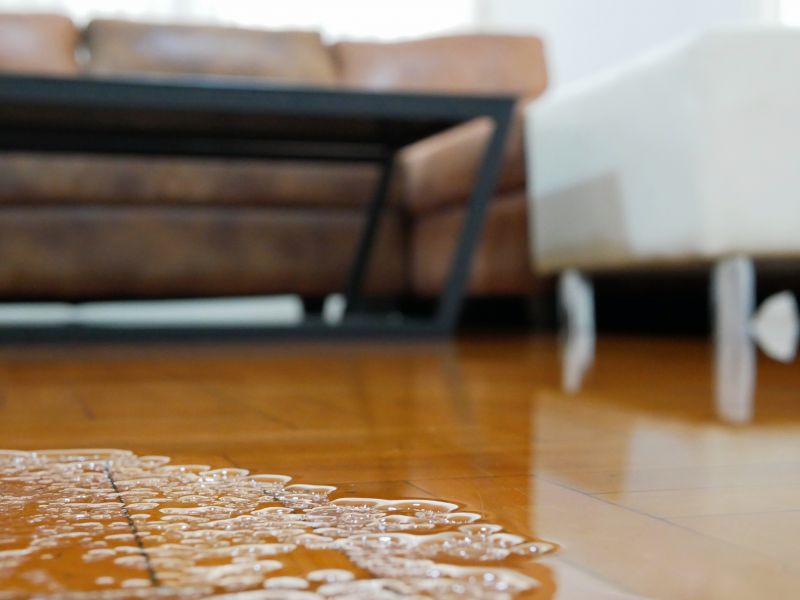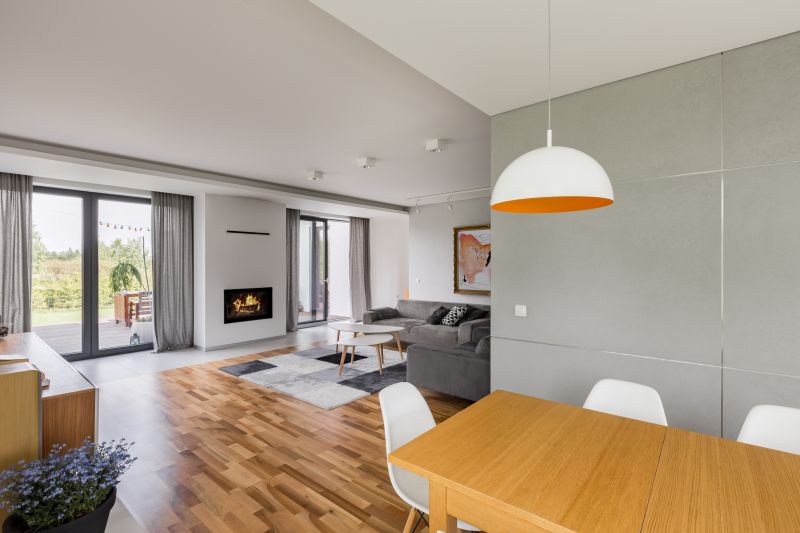According to flooring industry experts, damaged or unstable subfloors are responsible for over 60% of floor failure issues in residential remodels. Subfloor removal is a crucial process that ensures the underlying structure beneath your flooring is stable, level, and free of rot or water damage. Over time, subfloors can weaken from moisture, termites, or natural settling, leading to squeaks, soft spots, and uneven surfaces. By removing old or compromised subflooring, you create a solid foundation for new flooring installations that last longer and perform better. This process not only enhances durability but also prevents future problems such as cracking tiles or shifting planks. Professional subfloor removal contractors use advanced tools to carefully detach materials while minimizing dust and debris. Whether you’re replacing flooring due to water damage or planning a full renovation, expert subfloor removal sets the stage for flawless results and long-term structural health.
3 Signs You Need Subfloor Removal
- ⚠️ Persistent Squeaking or Creaking Sounds: If your floors make noise when you walk, it’s often due to subfloor separation or loosening from the joists. These sounds signal that the structural integrity beneath your flooring has weakened. Removing and replacing the subfloor ensures proper alignment and eliminates those annoying squeaks permanently.
- 💧 Soft Spots or Sagging Areas: When your floor feels spongy or dips in certain spots, it’s a red flag that the subfloor is deteriorating. Moisture or wood rot can cause the underlying materials to lose strength over time. Professional subfloor removal eliminates these hazards, providing a firm, stable base for new flooring installation.
- 🪵 Visible Mold or Water Damage: If you notice dark stains, musty odors, or warped boards, your subfloor may be harboring mold growth. This damage often spreads unseen beneath the surface. Removing the compromised subfloor helps prevent further decay and improves indoor air quality.
Before vs After Subfloor Removal
- Before: Uneven floors, unpleasant odors, and hidden water or mold damage compromising structural stability.
- After: Clean, level, and secure subfloor foundation ready for new, long-lasting flooring installation.
Benefits of Subfloor Removal
- Improves Floor Stability: By removing damaged or warped subfloor panels, your flooring becomes solid and safe. This ensures better support for new materials, preventing shifting or unevenness. Over time, you’ll enjoy quieter, sturdier floors that feel brand new.
- Prevents Mold and Moisture Damage: Subfloor removal allows professionals to inspect and treat any hidden water intrusion or mold growth. This protects the structural frame beneath your home and ensures a cleaner, healthier environment. Eliminating these issues early also reduces long-term repair costs.
- Enhances Energy Efficiency: Removing compromised subfloors gives contractors access to improve insulation and vapor barriers. This leads to better temperature control and lower utility bills. A properly sealed subfloor helps maintain a comfortable indoor climate year-round.
- Supports Successful Flooring Installation: A clean, level subfloor ensures that your new flooring materials—whether hardwood, laminate, or tile—install correctly and perform well over time. It minimizes cracking, lifting, or shifting that could otherwise occur. This foundation work is key to a lasting, professional finish.
- Increases Property Value: Homes with strong, even floors feel more solid underfoot and make a positive impression on buyers. Proper subfloor removal and replacement can significantly enhance resale value. It’s a behind-the-scenes upgrade that ensures visible results and lasting quality.
Frequently Asked Questions About Subfloor Removal
🪚 How long does subfloor removal take?
Most subfloor removal projects take between one to three days, depending on the size of the space and the type of material used. Larger areas or homes with extensive water damage may require additional time. Contractors carefully plan each step to ensure safe removal without damaging the joists or surrounding structures. Scheduling and preparation can also affect overall project duration.
💡 Do I need to replace the entire subfloor?
Not always. A professional will inspect the area to determine if partial removal is sufficient. However, full removal is recommended when there’s widespread water, mold, or structural damage. Replacing the entire subfloor guarantees even support and prevents hidden problems from resurfacing later.
💧 What causes subfloor damage?
Water leaks, high humidity, pest infestations, and structural settling are the most common culprits. Over time, these issues weaken the subfloor and can lead to squeaks, soft spots, or uneven surfaces. Identifying and addressing the cause is just as important as removing the damaged subfloor to prevent future issues.
🏠 Can I walk on my floors during the process?
During subfloor removal, the work area is typically off-limits for safety reasons. Contractors may cordon off specific rooms or sections. Once the new subfloor is installed and secured, you can safely walk on it within 24–48 hours. Following these precautions ensures your safety and preserves the integrity of the new flooring.
🧰 Is subfloor removal messy?
Professional contractors use dust-control tools and cleanup systems to minimize debris during removal. While some dust and noise are inevitable, teams leave the site clean and ready for new flooring installation. Proper preparation and equipment help ensure the process is organized, efficient, and minimally disruptive.
Ready to restore your flooring from the ground up? Use the contact form to connect with a trusted local subfloor removal professional today.






